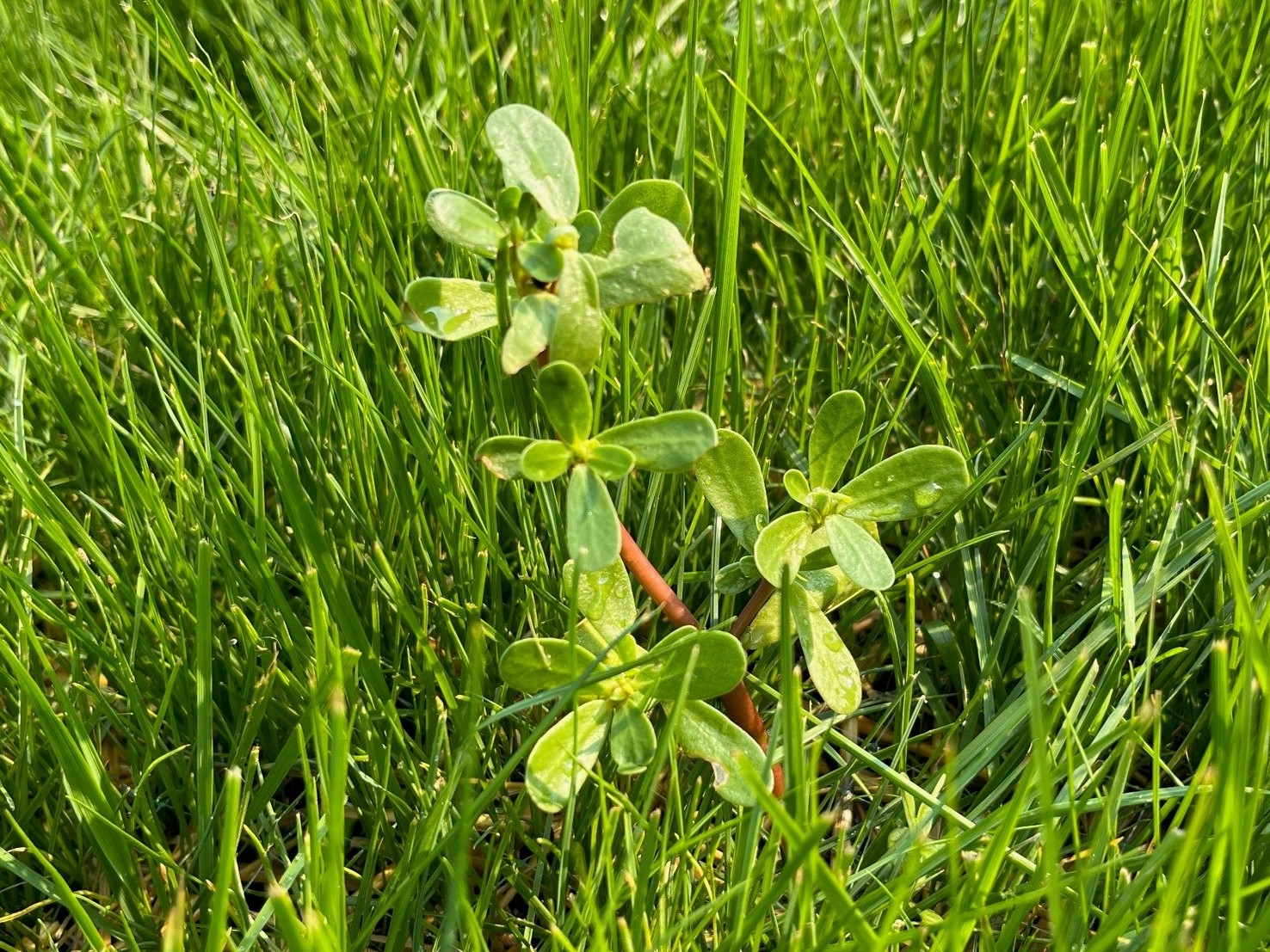
Wednesday, July 27, 2022
Author: Roch Gaussoin, Professor & Extension Turfgrass Specialist
The projected weather outlook is predicting temperatures exceeding 90 F throughout Nebraska. Elevated temperatures slow cool season turf (Kentucky bluegrass and tall fescue) growth, especially when combined with low precipitation. Warm season grasses like zoysia and buffalograss increase growth potential during high temperatures. Summer annual grassy weeds like crabgrass, goosegrass and foxtail and the obstinate perennial weed, yellow nutsedge outgrow, and may sometimes dominate, cool season turfs during the summer months. Non-target herbicide injury to sensitive ornamentals, fruits and vegetables and the turf itself is not uncommon during elevated temperatures.
Herbicides generally are most effective when applied to vigorously growing plants at 70 to 85 degrees F. Most herbicide labels caution against treatment of plants growing under extreme environmental conditions or stress because treatment of stressed plants can result in increased non-target injury and/or decreased weed control. Weeds growing under hot conditions often become more tolerant to herbicides. Plants may develop a thicker wax layer on the leaf surface, which will decrease herbicide uptake. Herbicide movement within the plant may also likely be reduced due to a slowed rate of translocation and metabolism, resulting in reduced weed control. Reduced weed control during hot weather is the biggest concern with the application of systemic herbicides such as Roundup (glyphosate) and phenoxy (2-4D) or benzoic acid (Dicamba) herbicides. Application of systemic herbicides early in the morning after the plants have recovered from the heat of the previous day should provide better weed control than afternoon or evening application. Addition of adjuvants (spray additives), when recommended, also may improve weed control from these herbicides under adverse growing conditions.
Regardless of formulation, when air temperatures exceed 80 to 85 degrees F, many postemergence broadleaf herbicides can cause injury to the turf and should not be applied. Exceptions include products formulated to be effective, while limiting non-target injury, under increased temperature. Examples include postemergence crabgrass and nutsedge chemistries, which do not normally cause problems at higher temperatures. As always, check the product label for restrictions and recommendations. Be sure to comply with all label restrictions and instruction. Mention of a trade name does not imply endorsement by the University of Nebraska or non-endorsement of products not mentioned.